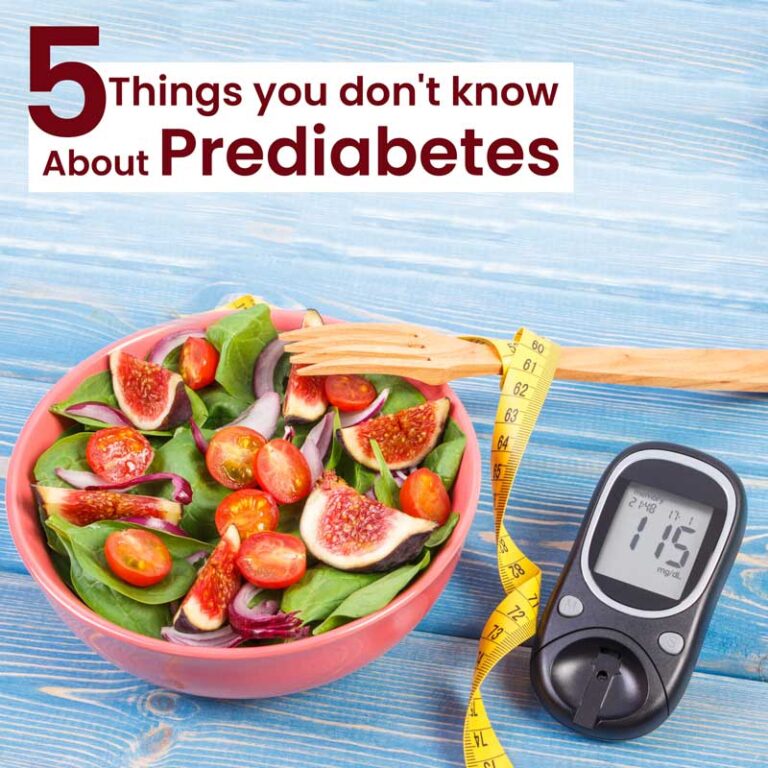5 things you don't know about prediabetes
Everyone knows about diabetes, its causes, and ways to prevent but very few know about the prediabetic conditions.
What is Prediabetes?
Prediabetic conditions define the period before diabetes, where the blood sugar levels are higher than usual but not as much as they would come under type 2 diabetes.
One of the conditions most people are entirely unaware of. Prediabetes affects more than half a million people each year and can lead to diabetes later in life. Still, if it’s detected early on then, you may not have to worry about developing that condition at all.

I’m sure there must be many questions swirling around your head right now, such as what exactly does this mean? What health risks will I face from having prediabetes? That’s why we’re here today- let me tell you everything! The truth is, for some people who tested positive for prediabetic symptoms, they were able to ward off type 2 diabetes by making lifestyle changes like exercising or changing their eating habits even when the diagnosis seemed inevitable because these are the changes that can bring a difference in your body.
It is essential to know and understand the actual difference between diabetic and prediabetic conditions.
Diabetes is people with high blood sugar levels that cannot be controlled through diet or lifestyle changes. People who have prediabetes, a condition characterized by abnormally low insulin production and impaired glucose tolerance, may also develop diabetes if they do not make any healthy life choices such as exercise regularly and eat well-balanced meals at regular intervals throughout the day, manage stress properly, etc.

